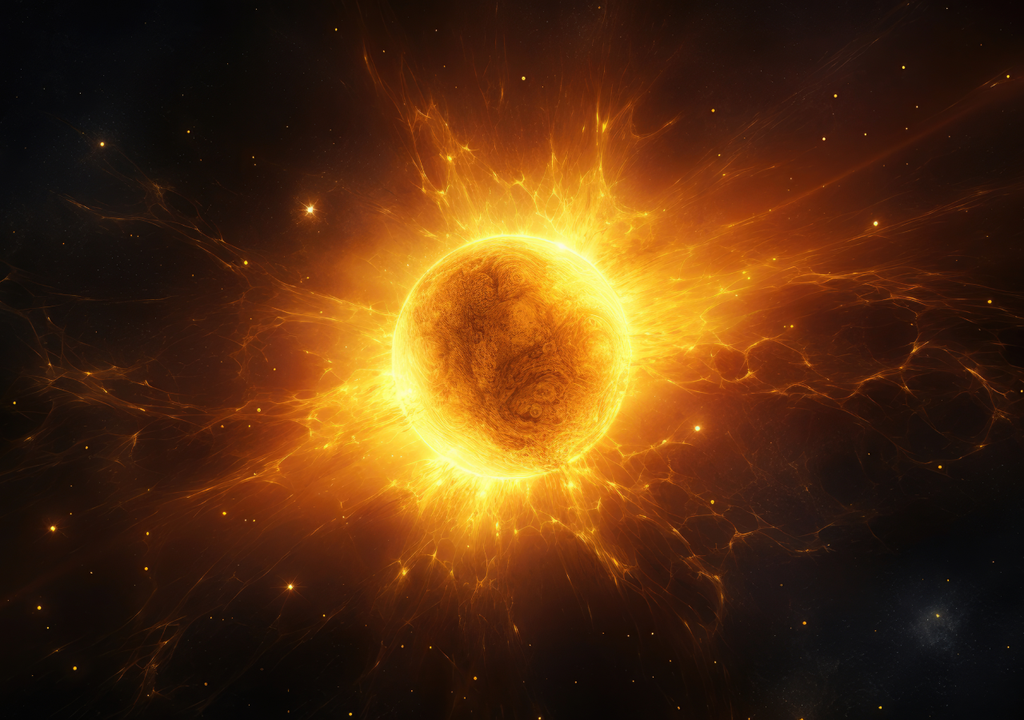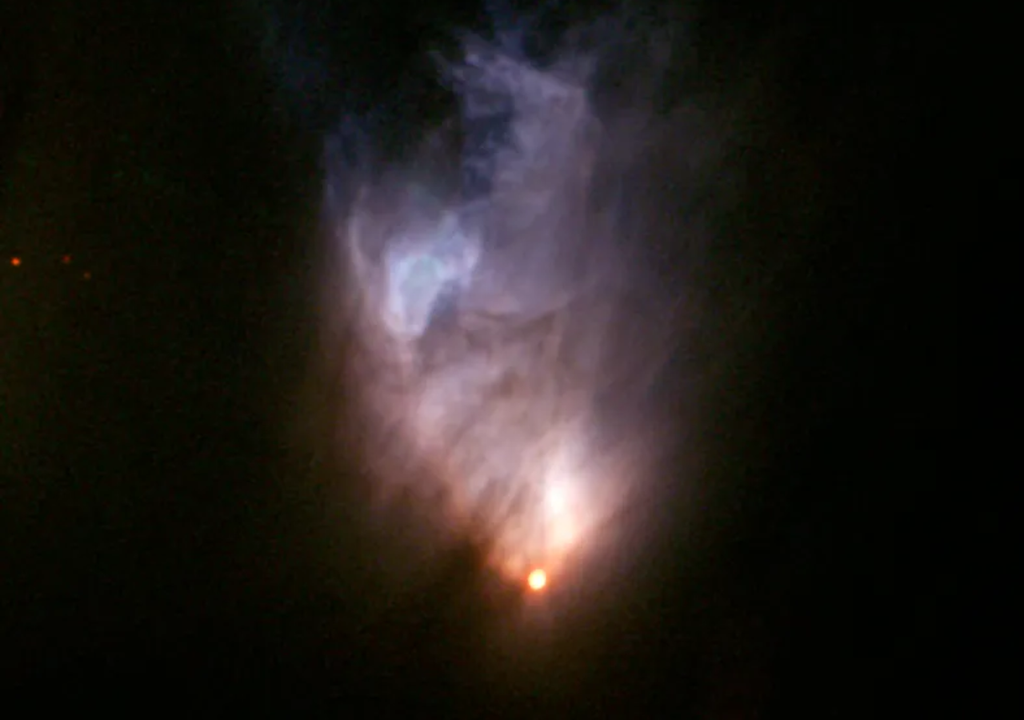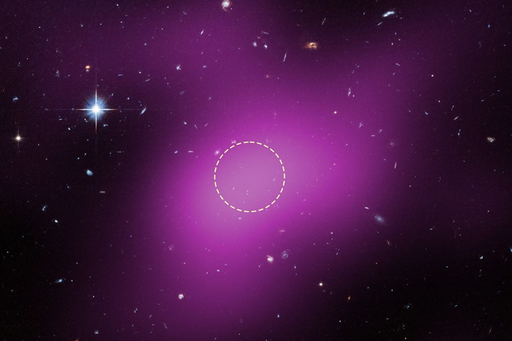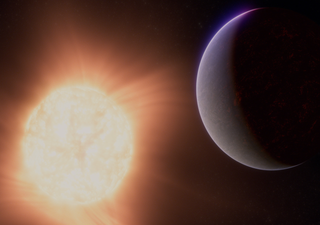Star Became 1,000 Times Brighter in 1937 and Now We Know Why
An event in 1937 caught the attention of astronomers, and it is possible that an explanation for this phenomenon has finally emerged. See here for more information.

An event in 1937 caught the attention of astronomers from all over the world who little knew that the mystery would remain for many decades. A star located in the constellation of Orion suddenly became 1000 times brighter. This was one of the first observations of stars that increased the brightness suddenly that seemed to have no explanation.
For decades, astronomers found stars with similar phenomena and the search for an explanation began to be of interest to research groups. These stars became known as FU Orionis which refers to the name of the 1937 star, Orionis North. What drew attention is that this behavior seemed to be associated only with old stars while the FU Orionis are new.
With new data from the ALMA observatory, a group of astronomers published an article in The Astrophysical Journal arguing that they found the reason for these events. According to the article, this is the first time that observational data of the process that causes the increase in brightness have been captured. And a physical explanation became possible.
FU Orionis Stars
A pair of stars with masses of 0.6 solar masses and 1.2 solar masses is located in the constellation of Orion. The stars are named Orionis North and Orionis South, respectively. They drew attention in 1937 when the star Orionis North suddenly became about 1000 times brighter. Since then, astronomers have begun to seek an explanation for the phenomenon.
No FU Orionis star observed returned to its original brightness even though the event was expected to last only a few decades.
Stars that had similar events were named FU Orionis stars in honor of the 1937 pair. These stars draw attention because they are stars with a few million years and very young. V1647 Orionis was a FU Orionis that the phenomenon happened in 2004 and is one of the objects studied as well.
ALMA
The ALMA observatory located in Chile was built as a revolutionary tool for Astronomy. It has 66 antennas with the main set having a diameter of 12 meters. The 66 antennas act together as a large interferometer for observing radio waves. ALMA observes the sky all day long throughout the year.
One of the great observations that highlighted the importance of ALMA was the photo of the black hole M87*. Thanks to ALMA within the project that aimed to photograph a black hole, the photo was possible and released in 2019. In addition to the prominence in Science, ALMA is also a tourism site that attracts many tourists in visitation.
No explanation
The stars FU Orionis draw attention precisely because they are very young stars with a few million years. Brightness variation is not unusual in stars but this process usually happens at the end of a star's life. During the end of life, the star has variations in brightness that can increase or decrease depending on the stage.

This is because the star expands when the hydrogen fuel runs out, at this stage it becomes a red giant. The brightness that a red giant will have depends on the mass that the star had before starting the process. In the red giant stage, layers of gases escape from the surface of the star by varying the brightness.
Accretion disc
When we talk about accretion disc, it is natural to think right away about the famous black hole accretion discs. These structures are named after it because they are true disks of material, usually plasma, which is spiraling towards a central object. Any object that has a strong enough gravitational field can have an accretion disc.
Therefore, accretion discs are considerably common to find in stars and material that is spiraling towards them. This happens mainly in younger stars than the rest of the material that formed the star can be in the shape of a disc around it. There is a complex dynamic between the central object and the accretion disk.
End of a mystery
ALMA researchers used observation data from the observatory to map carbon monoxide (CO) around the 1937 FU Orionis. They find a CO filament that describes an accretion model around the star. However, the filament is not massive enough to have caused a variation in brightness.
The idea is that the filament is a remnant of a past event that destabilized the accretion disc. When destabilizing, more material fell towards the star causing the brightness to increase considerably. The brightness of the disk and the object depends on the acretion rate that the central object has.
News reference:
Hales, A. S. et al. Discovery of an Accretion Streamer and a Slow Wide-Angle Outflow around FU Orionis The Astrophysical Journal, 966, 2024.








